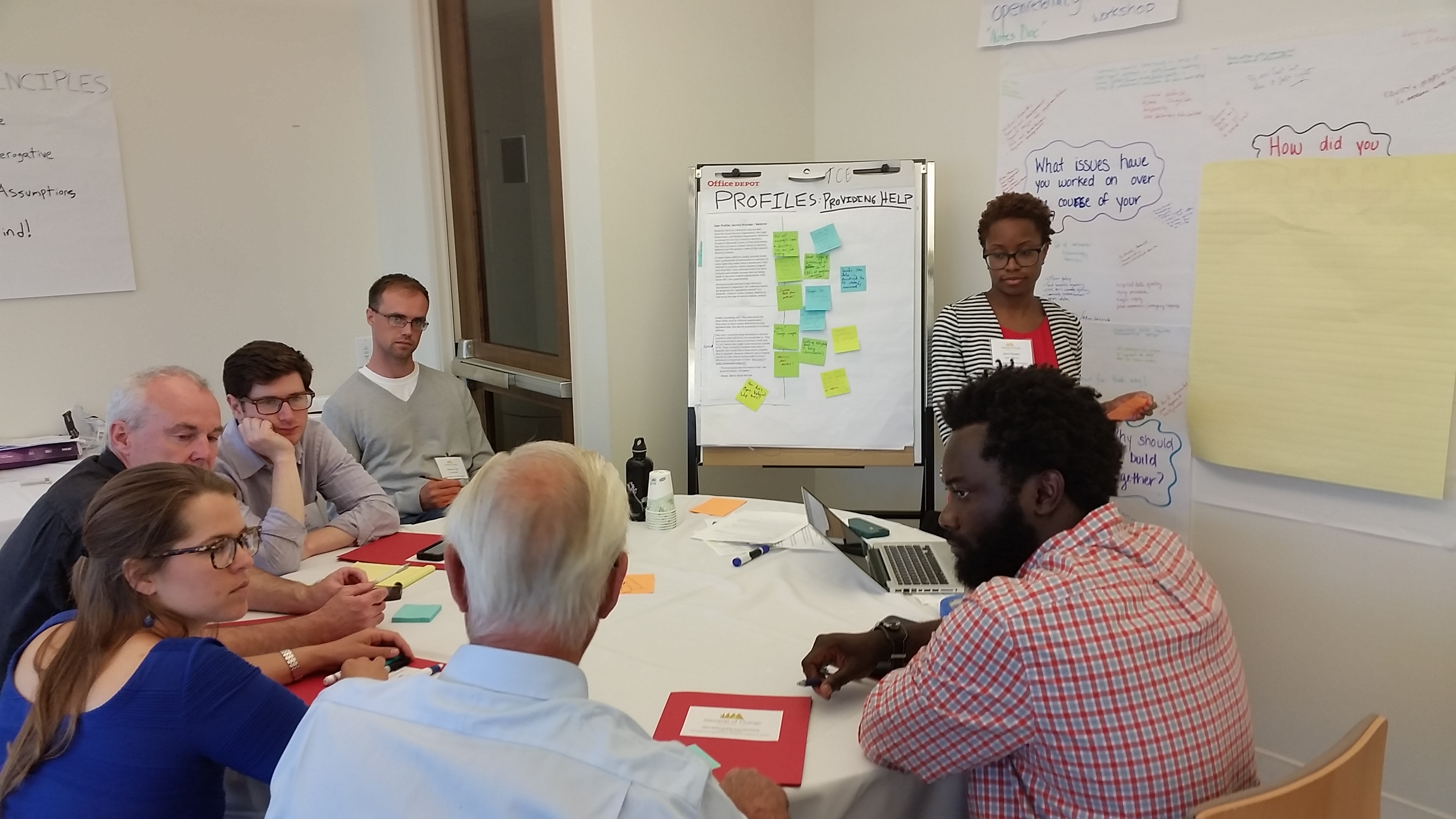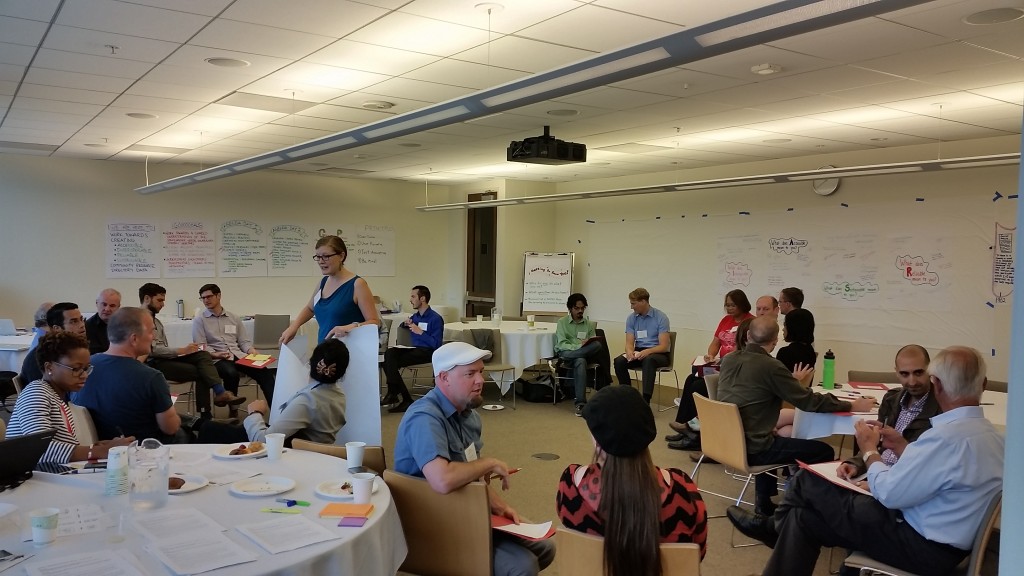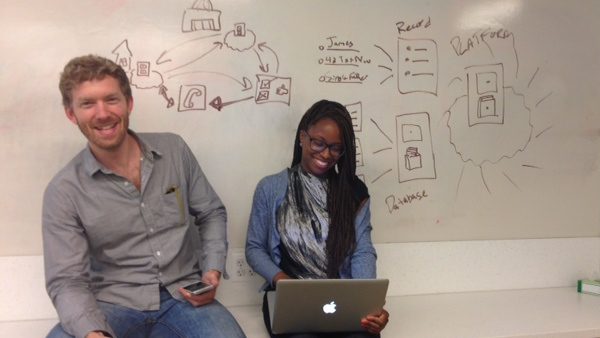Month: August 2014
-

Toward Seamless Information & Referral: A Polycentric Experiment
By Derek Coursen, Adjunct Faculty, NYU Wagner School of Public Service Multiple levels of government and a myriad of nonprofit organizations offer an ever-changing array of specialized services to people who need them. But who directs traffic through all that complexity? The work of connecting people to services is known as information and referral. It’s a…
-

Working together at the Open Referral Workshop
The community resource directory data problem is complex. It involves a diversity of actors (governments, funders, non-profits, technology vendors, researchers, and regular people) whose interests are sometimes in tension with each other. If we were to design a solution by simply … Continue reading →
-

Welcome to the Open Referral Initiative
Information about health, human, and social services is an essential element of our public infrastructure. It is literally what one needs to ‘see’ the safety net. It should be reliable and easy to find, in all kinds of ways. But there’s … Continue reading →
